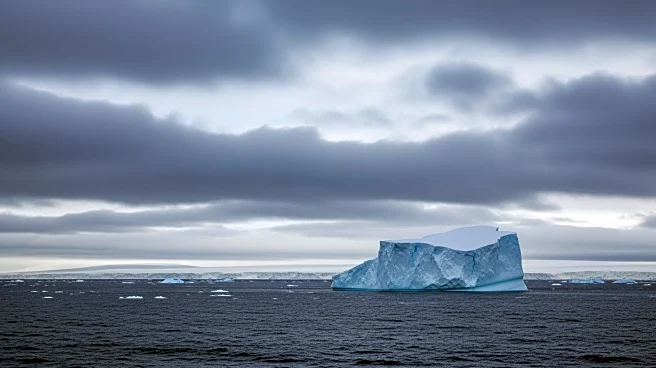What's Happening?
A study using SSP-RCP scenarios and the MAGICC climate model projects multi-century global and regional sea-level rise due to cumulative greenhouse gas emissions. The research explores various emissions pathways
and their impact on sea-level rise, emphasizing the importance of reducing emissions to mitigate long-term environmental consequences.
Why It's Important?
Understanding the long-term commitments of sea-level rise is crucial for planning and adaptation strategies. The study provides valuable insights into the potential impacts of current emissions trajectories, highlighting the need for urgent climate action to prevent irreversible damage to coastal regions and ecosystems.
What's Next?
The findings may influence policy decisions and encourage international cooperation to reduce emissions and invest in climate resilience. Governments and organizations are likely to focus on developing strategies to address the projected sea-level rise and protect vulnerable communities.
Beyond the Headlines
The study underscores the ethical and justice dimensions of climate change, as sea-level rise disproportionately affects low-lying and developing regions. Addressing these inequities requires global collaboration and support for affected areas.











